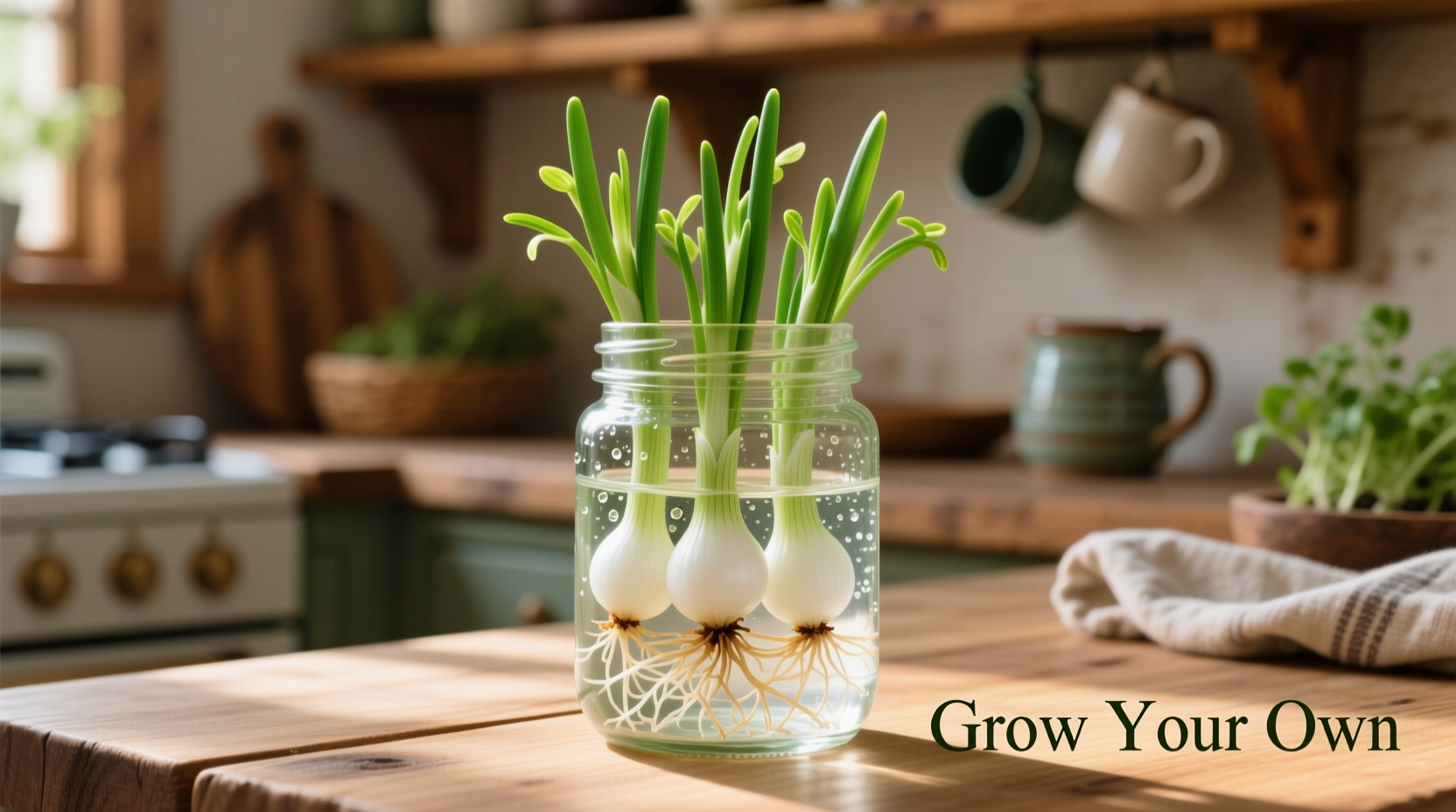What Exactly Are Onion Sprouts?
Onion sprouts represent the earliest growth stage of onion plants, harvested when the seedlings reach 1-3 inches in height. Unlike mature onions or even green onions (scallions), these microgreens provide a delicate onion flavor without the intense pungency. They're part of the Allium family, which includes garlic, leeks, and chives, but stand out for their rapid growth cycle and concentrated nutrient profile.

Your Complete Guide to Growing Onion Sprouts at Home
One of the most appealing aspects of onion sprouts is how effortlessly you can cultivate them indoors year-round. Unlike traditional gardening, sprouting requires minimal space and no soil—making it perfect for apartment dwellers or beginners.
Step-by-Step Sprouting Process
- Seed selection: Use organic onion seeds specifically labeled for sprouting (regular garden seeds may be treated with chemicals)
- Soaking: Place 2 tablespoons of seeds in a jar with 3x their volume of water for 8-12 hours
- Rinsing: Drain water and rinse seeds twice daily with fresh water
- Dark period: Keep jar upside down at a 45-degree angle in a dark cupboard for first 3 days
- Light exposure: Move to indirect sunlight for final 4-7 days to develop chlorophyll
- Harvest: Cut just above roots when sprouts reach 2-3 inches with green shoots
Nutritional Powerhouse: What Makes Onion Sprouts Special
Research from the USDA National Nutrient Database shows onion sprouts contain significantly higher concentrations of certain nutrients compared to mature onions. During germination, enzymatic activity increases bioavailability of vitamins and creates new phytochemicals.
| Nutrient | Onion Sprouts (per 100g) | Mature Onions (per 100g) | Difference |
|---|---|---|---|
| Vitamin C | 45mg | 7.4mg | 6x higher |
| Dietary Fiber | 3.2g | 1.7g | 88% higher |
| Antioxidant Activity | High | Moderate | 2-3x higher |
| Sulfur Compounds | Moderate | High | Less pungent |
Onion Sprout Development Timeline
Understanding the growth stages helps optimize harvest timing for best flavor and nutrition:
- Days 1-2: Seeds absorb water, metabolic activity begins (no visible growth)
- Days 3-4: Root hairs emerge, white shoots appear (peak enzyme activity)
- Days 5-6: Green shoots develop, chlorophyll production begins
- Days 7-10: Optimal harvest window—tender texture with balanced flavor
- After day 10: Flavor intensifies, texture becomes fibrous
Culinary Applications: Beyond Basic Garnish
Professional chefs like Antonio Rodriguez emphasize that onion sprouts offer versatility beyond simple garnish. "Their delicate flavor works where mature onions would overwhelm," he explains. Here's how to maximize their potential:
Best Uses by Dish Type
- Raw applications: Salads, sandwiches, avocado toast, sushi rolls
- Cold dishes: Garnish for soups, cold noodle bowls, dips
- Cooked dishes: Add in final minute of cooking to preserve nutrients
- Blended: Incorporate into salad dressings, pesto, or compound butter
Practical Storage Guidelines
Proper storage extends freshness while maintaining nutritional value:
- Refrigerate in airtight container with slightly damp paper towel
- Consume within 5-7 days for peak quality (vs 2-3 days for store-bought)
- Never wash before storage—moisture accelerates spoilage
- Revive wilted sprouts by soaking in ice water for 10 minutes
When Onion Sprouts Aren't the Best Choice
While versatile, onion sprouts have specific limitations to understand:
- Not suitable for dishes requiring strong onion flavor (soups, stews, sauces)
- Cannot substitute for mature onions in recipes needing structural integrity
- Less effective in cooked dishes requiring long simmering times
- Not recommended for people with severe onion allergies (contain same allergens)











 浙公网安备
33010002000092号
浙公网安备
33010002000092号 浙B2-20120091-4
浙B2-20120091-4